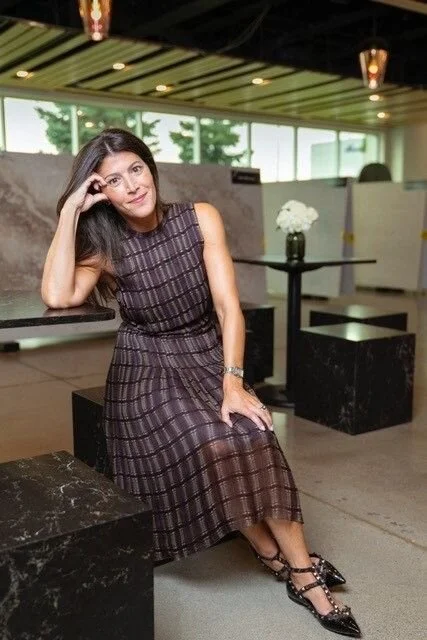Graphic designers are the masked superheroes of the design world. They shape the way people interact with everyday objects, often at a subconscious level, and create identities for events, services and businesses. Michael Bierut, with his familiar designs for Saks 5th Avenue, New York City parking signs, Verizon, Billboard, and most recently, Hillary Clinton’s much talked-about campaign logo, is a prime example of a man looking out for public aesthetic good. Now, with the release of his book, "How To use graphic design to sell things, explain things, make things look better, make people laugh, make people cry, and (every once in a while) change the world," and a retrospective exhibition of his works coming to a close this weekend at the School of Visual Arts, Bierut’s mask has been lifted.
6 Verner Panton Designs in Modern Homes
A pioneer of unconventional aesthetics and plastic injection molding, Danish designer Verner Panton is probably best known for his eponymous, curving, colorful chairs. However, Panton is much more than that signature seat: he designed entire psychedelic rooms and interiors in the 1960s and 1970s. His work runs the gamut from small lighting fixtures to body-enveloping furniture.
How Does HUSH Turn Data into Beautiful Design? A Diverse Team + No Brainstorming Allowed
Unlike design firms that employ people with similar degrees and backgrounds, the 22-member team at HUSH is a curiously quirky, diverse one. On the fourth floor of the former Grand Union Tea Company warehouse in Dumbo, Brooklyn, you’ll find experts in varying disciplines (like architecture, filmmaking, sound design, and typography), working together in one room, bound by a single guiding principle. “Design is the core, so we’ve curated an interesting mix of people who can look at design through really different lenses,” says co-founder David Schwarz. “They’re people who’ve studied something, have a strong point of view, and are hungry to see how their skills can be turned into something else.”
OPEN> KITH BROOKLYN
750 all-white Air Jordan 1s hang from the ceiling at apparel retailer Kith’s new store in Brooklyn. Actually, they are 1:1 plaster-cast replicas, senior associate for Snarkitecture Ben Porto said, claiming that real shoes would strain the ceiling.
A Muji designer explains why your stapler is perfectly designed
The next time you’re shopping for a new lamp or chair, don’t think about color; think about honesty. Don’t look for the most beautiful, outrageous design; instead, seek stability. Don’t go bold; go normal.










